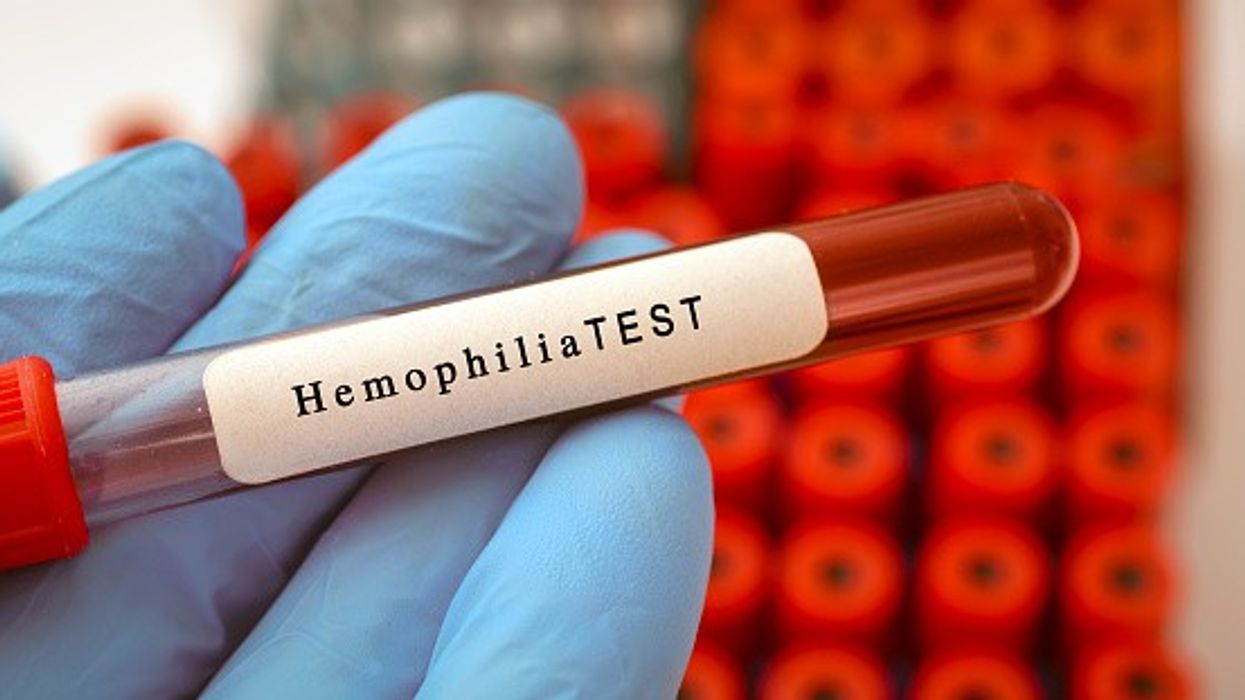Health minister Stephen Kinnock has emphasised that employers have a crucial role to play in retaining staff and making careers in community pharmacy more attractive.
His comments came in response to a written question from Victoria Collins MP, the Liberal Democrat spokesperson for science and technology, who asked what steps the Department of Health and Social Care is taking to address staff shortages and prevent the closure of local pharmacies.
New data from the House of Commons Library reveals that the number of pharmacies across England and Wales has fallen by 8%, dropping from 12,204 in September 2016 to just 11,184 by January 2025.
The analysis found that 77% of the 440 constituencies across England and Wales have experienced a decline in pharmacy numbers over the past decade. Some areas have been hit particularly hard — with Feltham and Heston, Bristol East, and Newbury each losing around a third of their pharmacies.
The Liberal Democrats, who commissioned the research, warned that "pharmacy deserts" are becoming "normalised" and urged the government to introduce urgent support measures, including tax relief for pharmacies.
“The government recognises that pharmacies play a vital role in our healthcare system,” said Kinnock.
“We are committed to expanding the role of pharmacies and better utilising the skills of pharmacists and pharmacy technicians.”
“Employers clearly have a key role in retaining staff and making jobs in community pharmacy attractive.”
“To support employers, NHS England has provided a number of fully funded national training opportunities for pharmacists and pharmacy technicians to help support private contractors to deliver quality National Health Services, including Pharmacy First.”
He also confirmed that the government has concluded its consultation on funding for 2024/25 and 2025/26, reaching an agreement with Community Pharmacy England to increase the community pharmacy contractual framework to £3.073 billion.
“This deal represents the largest uplift in funding of any part of the NHS, over 19% across 2024/25 and 2025/26,” Kinnock added.
“This shows a commitment to rebuilding the sector.”
The National Pharmacy Association (NPA) has welcomed the new funding deal as a “clear step forward,” but warned that it still leaves pharmacies facing a £2.5 billion shortfall, as highlighted by an NHS-commissioned independent economic analysis.
The NPA has long cautioned about the growing risk of “pharmacy deserts,” with patients in rural and isolated areas increasingly struggling to access vital services from their local pharmacies.
The latest data from the NHS Business Services Authority (NHSBSA) also shows that the number of bricks-and-mortar community pharmacies in England has fallen below 10,000 for the first time in 20 years.
As of the end of March 2025, there were 9,999 community pharmacies (excluding distance-selling pharmacies) operating in England — down from 10,837 at the start of 2021. This represents a net loss of 838 pharmacies over four years.
Between January 2024 and March 2025 alone, England saw 274 pharmacy closures — an average of more than five closures per week.
The most recent Workforce Wellbeing Survey, conducted by the Royal Pharmaceutical Society (RPS) in partnership Pharmacist Support, revealed that 87% of pharmacy professionals were at high risk of burnout, with nearly half of the workforce negatively impacted by financial pressures.



















